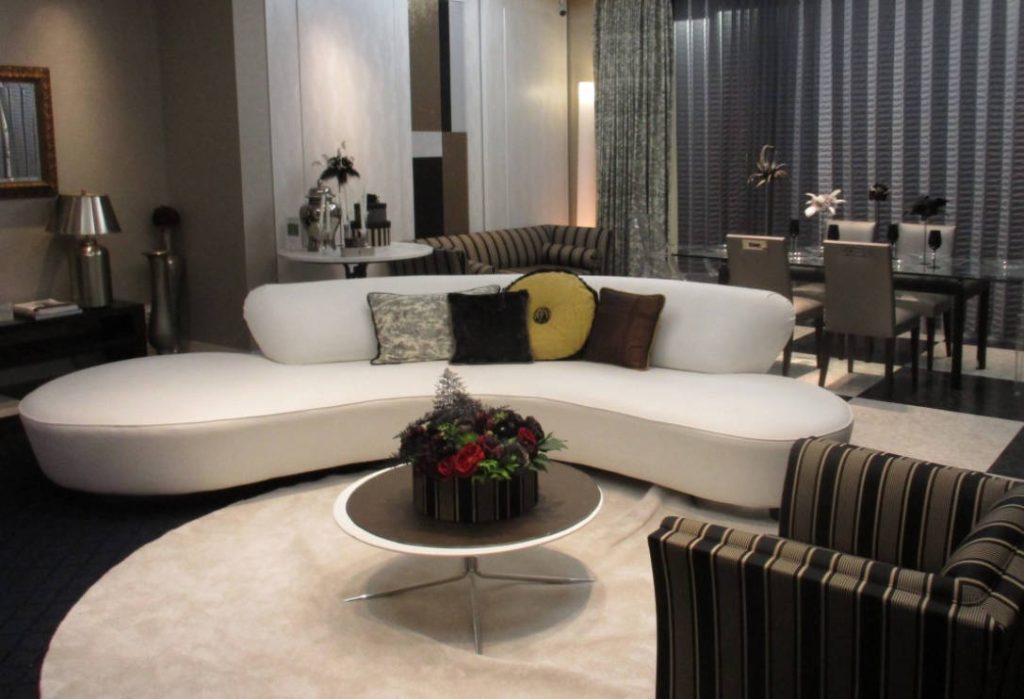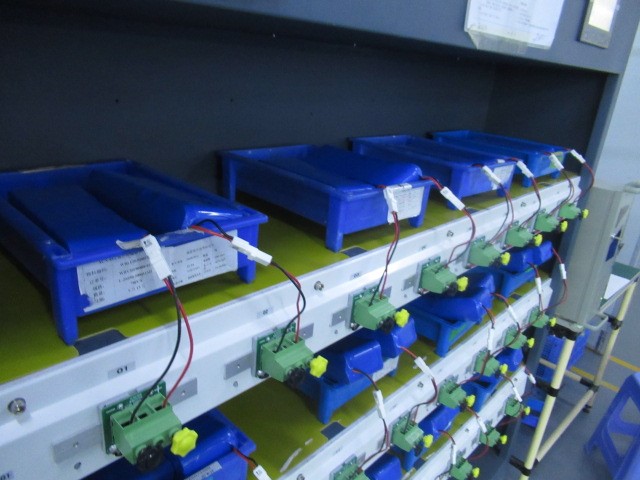
The global furniture market has witnessed a surge in demand for high-quality products, with leather sofas being a popular choice among consumers. Ensuring that these products meet the desired standards is crucial for maintaining customer satisfaction and reputation. Pre-shipment inspection plays a pivotal role in identifying any potential defects and verifying adherence to quality standards before the products are shipped to customers. In this article, we will discuss the process of executing pre-shipment inspection for leather sofas and the essential standards that these products should meet.

Pre-Shipment Inspection Process
Pre-shipment inspection is a critical step in the manufacturing and supply chain process that aims to verify the quality, quantity, and specifications of the products before they are shipped to customers. This process involves a series of steps to assess the products’ conformity to specified requirements, identify defects or discrepancies, and ensure that the products meet or exceed customer expectations. The pre-shipment inspection process for leather sofas can be outlined as follows:
1.Selection of Samples: A representative sample of the leather sofas from the production batch is randomly selected for inspection. This sample should accurately reflect the overall quality of the entire batch.
2.Visual Inspection: Trained inspectors conduct a visual examination of the selected samples, looking for any physical defects, such as scratches, scuffs, color inconsistencies, stitching irregularities, and overall workmanship. The inspection also includes verifying the dimensions, design, and labeling of the sofas.
3.Functional Testing: Functional testing involves checking the structural integrity and usability of the leather sofas. Inspectors evaluate factors such as the stability of the frame, the comfort of the cushions, and the functionality of any reclining or folding mechanisms.
4.Material Quality: Inspectors assess the quality of the leather used for the sofas, including its texture, color accuracy, and resistance to wear and tear. Any signs of substandard or damaged leather can be flagged during this stage.
5.Assembly and Finishing: If the sofas require assembly, inspectors ensure that all components are properly aligned and securely attached. They also check for any inconsistencies in the finishing, including the application of coatings, varnishes, and embellishments.
6.Packaging Inspection: The packaging of the sofas is examined to ensure that it provides sufficient protection during transit. This includes checking for proper labeling, adequate cushioning, and appropriate packaging materials.
7.Documentation Review: The inspection process also involves reviewing relevant documents, such as quality control reports, testing certificates, and manufacturing specifications. This helps confirm that the products adhere to the specified standards.
8.Defect Identification and Reporting: Any defects, inconsistencies, or deviations from the required standards are documented in detail. This information is compiled into an inspection report that includes photographs and descriptions of the issues found.
9.Decision Making: Based on the inspection results, a decision is made regarding the acceptance, rejection, or rework of the inspected batch of leather sofas. If defects are identified, manufacturers can take corrective actions to rectify the issues before shipping the products.
Quality Standards for Leather Sofas
To ensure that leather sofas meet the highest standards of quality, manufacturers and exporters should adhere to various industry-specific standards and guidelines. Some of the essential quality standards for leather sofas include:
1.ISO 9001:2015: This standard outlines the requirements for a quality management system and focuses on ensuring consistent product quality, customer satisfaction, and continuous improvement. Implementing ISO 9001:2015 can help manufacturers establish effective quality control processes.
2.ISO 14001:2015: While not directly related to product quality, this environmental management standard encourages manufacturers to adopt eco-friendly practices and reduce their environmental impact throughout the production process.
3.ISO 14006:2011: This standard provides guidelines for incorporating eco-design principles into the development and production of products. It encourages manufacturers to consider environmental aspects while designing and manufacturing leather sofas.
4.ASTM D2208: This standard covers the testing and evaluation of the physical properties of leather, including its thickness, tensile strength, tear resistance, and abrasion resistance. Adhering to this standard helps ensure the durability and quality of the leather used in sofas.
5.ASTM D3574: Focusing on flexible cellular materials, this standard guides manufacturers in testing the firmness, thickness, and resilience of sofa cushions and upholstery to ensure optimal comfort and longevity.
6.BS 4875-1: This British standard specifies performance requirements and test methods for the domestic furniture sector. Part 1 of this standard specifically covers the requirements for the strength and durability of seating furniture, including sofas.
7.CEN/TS 16830: This European standard provides guidelines for assessing the stability, strength, and durability of non-domestic seating furniture, which includes sofas intended for public spaces. It ensures that these products can withstand heavy usage.
Conclusion
Pre-shipment inspection is a crucial step in the manufacturing and supply chain process of leather sofas. By following a systematic inspection process and adhering to industry-specific quality standards, manufacturers can ensure that their products meet or exceed customer expectations. Upholding these standards not only enhances customer satisfaction but also contributes to the reputation and long-term success of manufacturers and exporters in the competitive furniture market. Through careful inspection and adherence to quality guidelines, the furniture industry can continue to deliver exceptional leather sofas to consumers worldwide.




